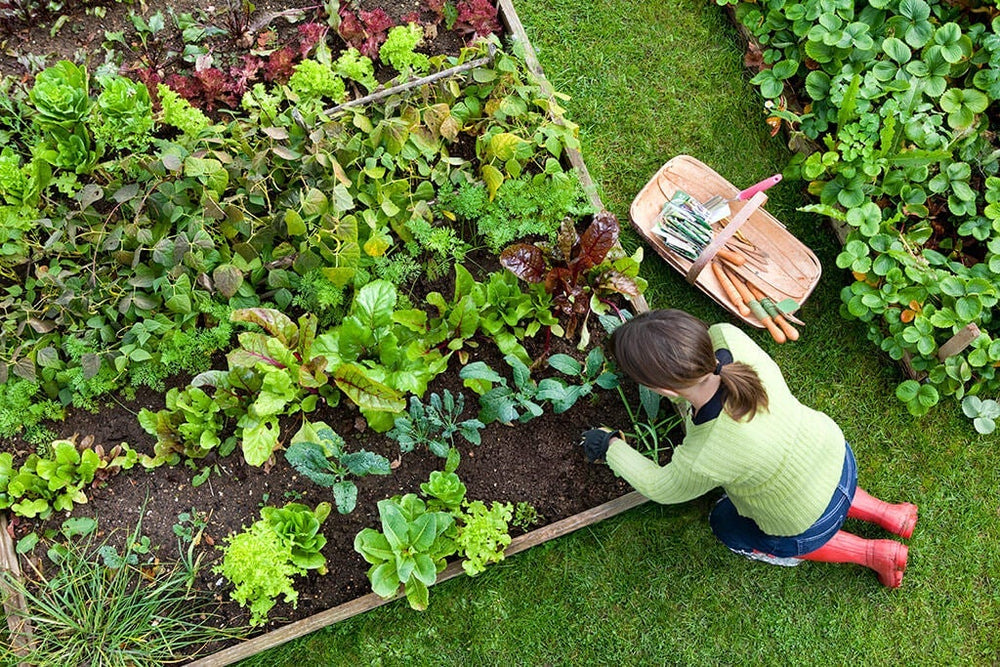In addition to figuring out just where in your yard your garden should go, you'll want to consider the shapes of the planting beds. You can either prep the soil and plant directly in the ground, or construct a raised bed from wood, stone, metal, brick, or even straw bales. You can also try grouping large containers or self-watering planters to suit your needs.
Planting Bed Shapes:
- Rectangle Great for both formal and informal spaces, this shape lends itself to neatly organized paths and beds, but is not good for a sloping site.
- L-shaped Either formal or informal, a bed in this shape divides the garden into distinct areas. It's also adaptable to many lot shapes and sizes.
- Triangle An informal shape by itself, the triangle can become formal when used in a series. Ideal for making use of a corner, and good for a sloped lot.
- Round The circle is a formal shape. Divided by a cross axis path and punctuated with a sculpture or urn, the center of a round garden instantly becomes a focal point. Ideal for herbs, lettuces, or uniform, patterned plantings, a circular garden works best on a flat site.
- Irregular A garden with an irregular shape creates an informal appearance. Where beds are deep, paths should echo the shape. If used as a border, consider planting with a mixture of perennials and edibles. Excellent for a sloped lot.
Article written by Rebecca Reed.






 Herbs
Herbs
 Vegetables
Vegetables
 Fruit
Fruit
 Flowers
Flowers
 Succulents
Succulents

